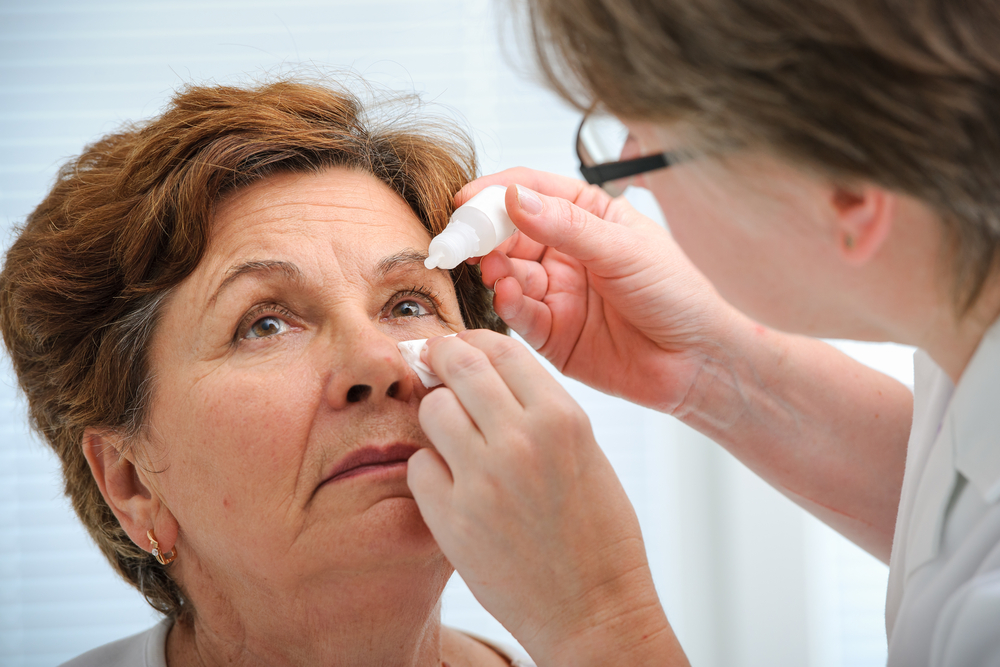According to a recent study carried out by Swedish researchers, long-term and high levels of physical activity are connected to a lower risk of age-related cataracts.
This study was a prospective population-based cohort assessment that included 52,660 individuals between 45 and 83 years old and enrolled patients from the Swedish Mammography Cohort and the Cohort of Swedish Men.
Researchers utilized a self-administered survey to assess each individual’s physical activity. Questions aimed to address frequency and duration of activities such as walking, leisure time exercise, bicycling, home or housework, work or occupational activity and inactive leisure activity.
Data concerning both cataract diagnosis and extraction were analyzed, and participants who presented a record of cancer, diabetes, cardiovascular disease or cataract diagnosis or extraction before baseline were conscientiously excluded from this study.
Age, education level, smoking status, hypertension and obesity were also evaluated, with patients followed-up for an average of 2.1 years.
A total of 11,580 cases of age-related cataract were identified, with data evidencing that the highest quartile of physical activity was significantly correlated with a 13 percent lower risk of cataracts when compared to the lowest quartile.
Bicycling or walking for over 60 minutes every day reduced cataract risk by 12 percent and heavy manual labor by 16 percent. There was absolutely no correlation between frequent exercise and home or housework and cataract risk. Furthermore, over 6 hours of leisure inactivity per day increased cataract risk by 27 percent.
Cataracts are the clouding of the lens in the eye which can lead to significantly decreased vision, blindness (33 percent of the cases) and visual impairment. It can affect one or both eyes, and have a slow development, with symptoms including blurry vision, faded colors and trouble with bright lights. This condition can be an obstacle to everyday tasks such as reading, driving or simply recognizing faces.


